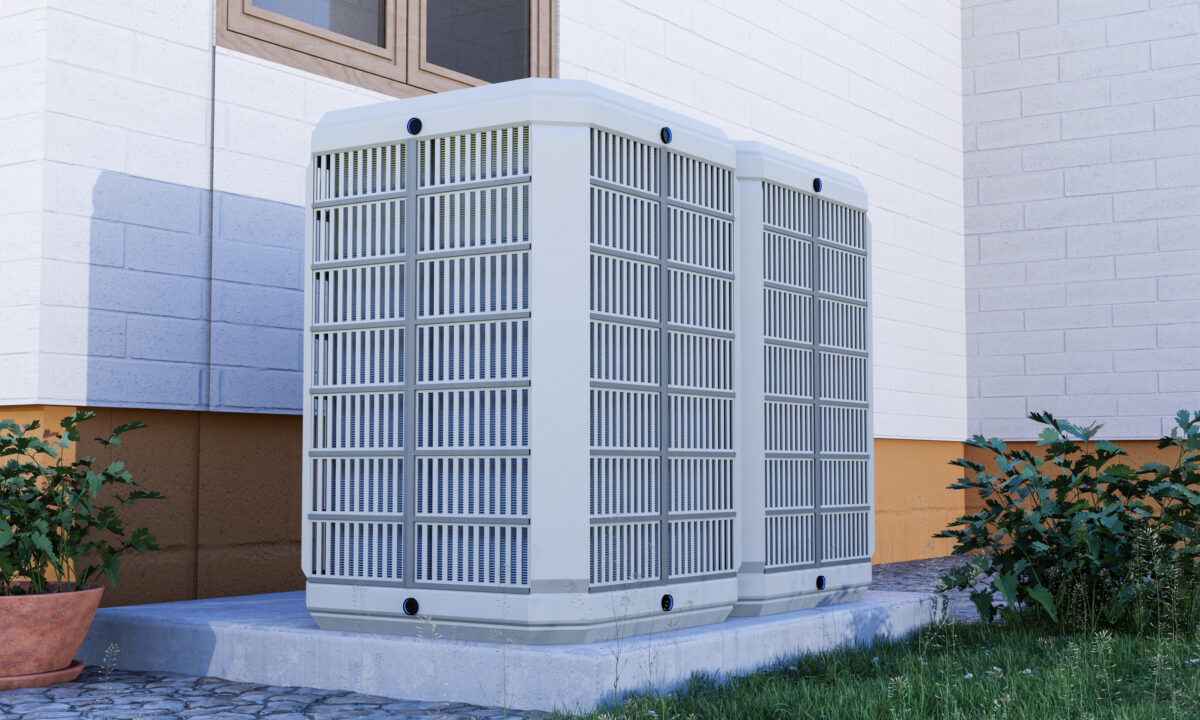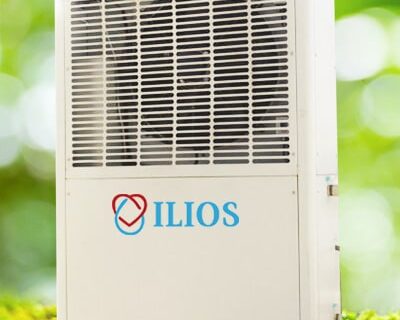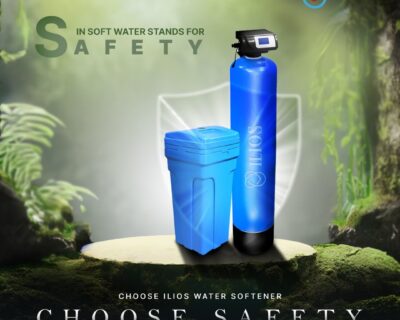Blog

Mastering Efficiency: Exploring Heat Pump Technology and its Applications
Introduction:
In the realm of modern heating and cooling solutions, heat pump technology stands out as a beacon of efficiency and versatility. Harnessing principles similar to those found in refrigerators and air conditioners, heat pumps have revolutionized the way we approach temperature control in residential and industrial settings. In this comprehensive exploration, we delve into the intricacies of heat pump technology, its applications, and the fundamental processes that make it a superior choice for energy-conscious consumers.
Understanding Heat Pump Technology:
At its core, a heat pump operates by extracting heat from a designated source, such as the surrounding air, geothermal energy from the ground, or nearby water sources. This harvested heat is then amplified and transferred to where it is needed, offering a more efficient alternative to conventional heating technologies like boilers or electric heaters. The key advantage lies in the fact that heat pumps primarily transfer heat rather than generate it, making them not only cost-effective but also environmentally friendly.
The Efficiency Equation:
The efficiency of heat pumps is quantified by the Coefficient of Performance (COP), which represents the ratio of energy output (in the form of heat) to the electrical energy used to run the heat pump. For instance, a typical household heat pump boasts a COP of around four, meaning the energy output is four times greater than the electricity consumed. This level of efficiency surpasses traditional gas boilers by 3-5 times, highlighting the remarkable impact of heat pump technology on energy conservation.
Components of a Heat Pump System:
A heat pump system comprises two primary components: the compressor, responsible for moving a refrigerant through a refrigeration cycle, and a heat exchanger, which extracts and transfers heat. The heat pump’s versatility extends to its ability to connect with various heating systems, such as gas, in hybrid configurations, providing flexibility and adaptability to different setups.
Types of Heat Pumps:
There are two predominant types of heat pumps: air-source and ground-source (geothermal). Air-source heat pumps transfer heat between indoor and outdoor air, making them popular for residential heating and cooling. On the other hand, ground-source heat pumps leverage the consistent temperature of the ground throughout the year for enhanced efficiency, albeit with a higher initial installation cost.
How Heat Pumps Work:
Despite their name, heat pumps do not generate heat; instead, they redistribute heat from one location to another. In cooling mode, a heat pump absorbs heat from indoor air and releases it outdoors, while in heating mode, it extracts heat from the ground or outdoor air to warm indoor spaces. The ingenious reversal of the refrigerant flow, facilitated by a reversing valve, allows the heat pump to seamlessly switch between heating and cooling modes.
Optimal Conditions for Heat Pump Operation:
Heat pumps thrive in milder climates where temperatures don’t frequently drop below freezing. In colder regions, they can be combined with furnaces in dual fuel systems for energy-efficient heating, especially on extremely cold days. This flexibility makes heat pumps a viable solution across various climates, contributing to their widespread adoption.
Key Components of a Heat Pump System:
The outdoor unit of a heat pump system comprises a coil and a fan, serving as either a condenser or an evaporator depending on the mode (heating or cooling). The indoor unit, also known as the air handler unit, mirrors the outdoor unit’s components. Essential sub-components include the refrigerant, compressor, reversing valve, and expansion valve, all working in harmony to facilitate the heat transfer process.
Heat pump technology finds diverse applications across residential, commercial, and industrial sectors, offering a range of benefits that contribute to energy efficiency, cost savings, and environmental sustainability. Here are some key uses of heat pump technology:
Residential Heating and Cooling:

Year-Round Comfort: Heat pumps are widely used in residential settings for both heating and cooling purposes. In colder months, they extract heat from the outdoor air or ground and transfer it indoors, providing warmth. In warmer months, the process is reversed to cool indoor spaces, offering a versatile and energy-efficient solution for year-round comfort.
Hot Water Production:
Sanitary Hot Water: Heat pumps can be integrated with water tanks to produce sanitary hot water for domestic use. By utilizing ambient air or ground as a heat source, heat pumps efficiently heat water, reducing the reliance on traditional water heating methods and lowering energy consumption.
Hydronic Systems:
Radiant Heating and Underfloor Heating: Heat pumps can be seamlessly integrated into hydronic systems, which include radiant heating or underfloor heating. These systems distribute heat through water or a mixture of water and antifreeze, providing efficient and even heating for residential and commercial spaces.
Commercial and Industrial Heating:
Process Heating: In industrial applications, heat pumps are employed for process heating, delivering hot air, water, or steam as needed for various manufacturing processes. Large-scale heat pumps play a crucial role in commercial or industrial settings, providing efficient heating solutions for diverse applications.
District Heating Networks:
Community-Wide Heating: Heat pumps contribute to district heating networks, where a centralized system generates heat and distributes it to multiple buildings. This approach is environmentally friendly and cost-effective, especially when waste heat from industrial processes or data centers is utilized as a heat source.
Swimming Pool Heating:
Energy-Efficient Pool Heating: Heat pumps are favored for heating swimming pools, offering an energy-efficient alternative to traditional pool heaters. By extracting heat from the surrounding air, they can effectively raise the water temperature, extending the swimming season while minimizing energy costs.
Geothermal Heating and Cooling:
Ground-Source Heat Pumps: Geothermal heat pumps leverage the consistent temperature of the ground for heating and cooling purposes. These systems are particularly efficient and have a lower operating cost over the long term, making them a preferred choice in areas where geothermal resources are viable.
Hybrid Heating Systems:
Combining Technologies: Heat pumps can be integrated into hybrid heating systems, working in conjunction with traditional heating methods, such as gas furnaces. This allows for optimal efficiency, with the heat pump operating in mild conditions and the auxiliary heating system kicking in during extreme temperatures.
Energy-Efficient HVAC Systems:
Integrated Heating and Cooling: Heat pump technology has become an integral part of modern HVAC systems, offering an all-in-one solution for heating, ventilation, and air conditioning. These systems provide energy efficiency, reduced carbon footprint, and simplified control of indoor climate conditions.
Environmental Benefits:
Reduced Carbon Emissions: By utilizing renewable or ambient heat sources, heat pumps contribute to reducing reliance on fossil fuels. This transition to cleaner energy sources helps decrease carbon emissions, aligning with global efforts to combat climate change and promote sustainability.
Conclusion:
In conclusion, heat pump technology emerges as a transformative force in the realm of heating and cooling solutions. Its efficiency, adaptability to different climates, and environmentally conscious operation make it a compelling choice for modern consumers. From extracting heat from diverse sources to providing year-round comfort, heat pumps have established themselves as a cornerstone in the pursuit of energy-efficient and sustainable living. For those seeking a reliable and knowledgeable partner in embracing heat pump technology, turning to local Carrier experts ensures a seamless transition to a more efficient and environmentally friendly heating and cooling solution.



